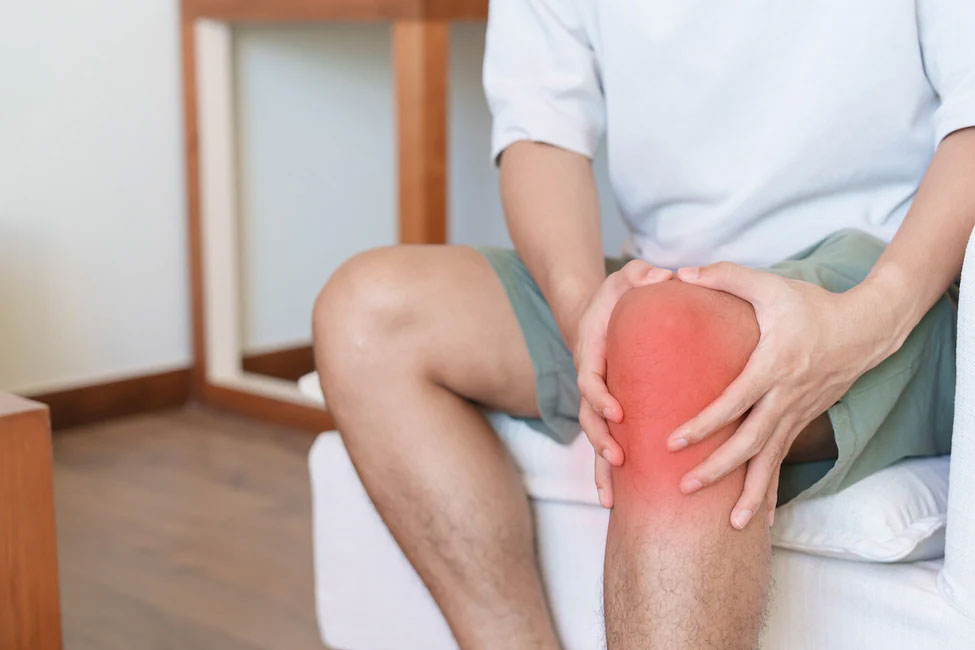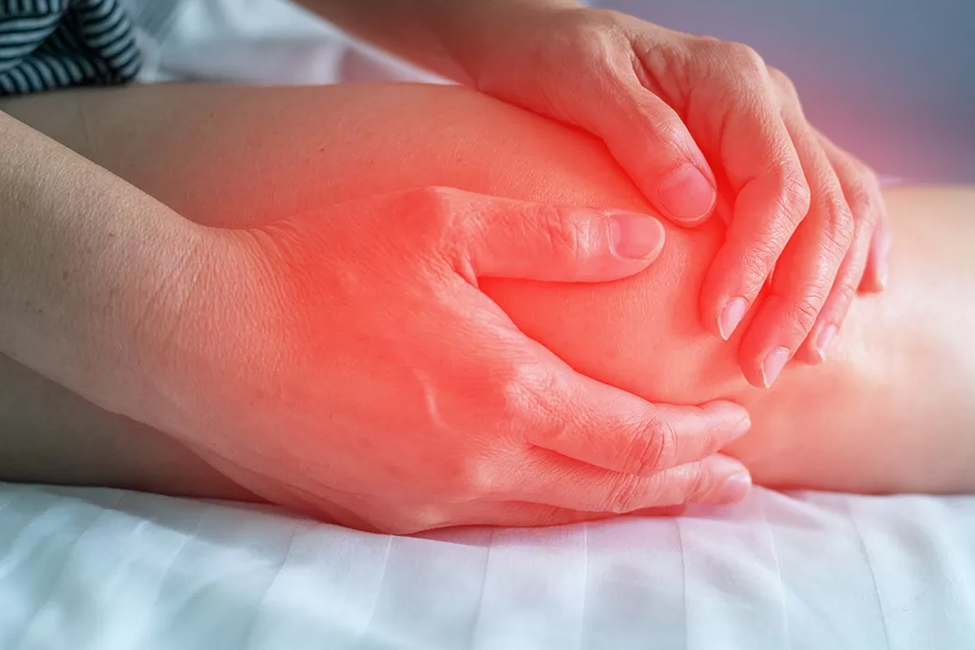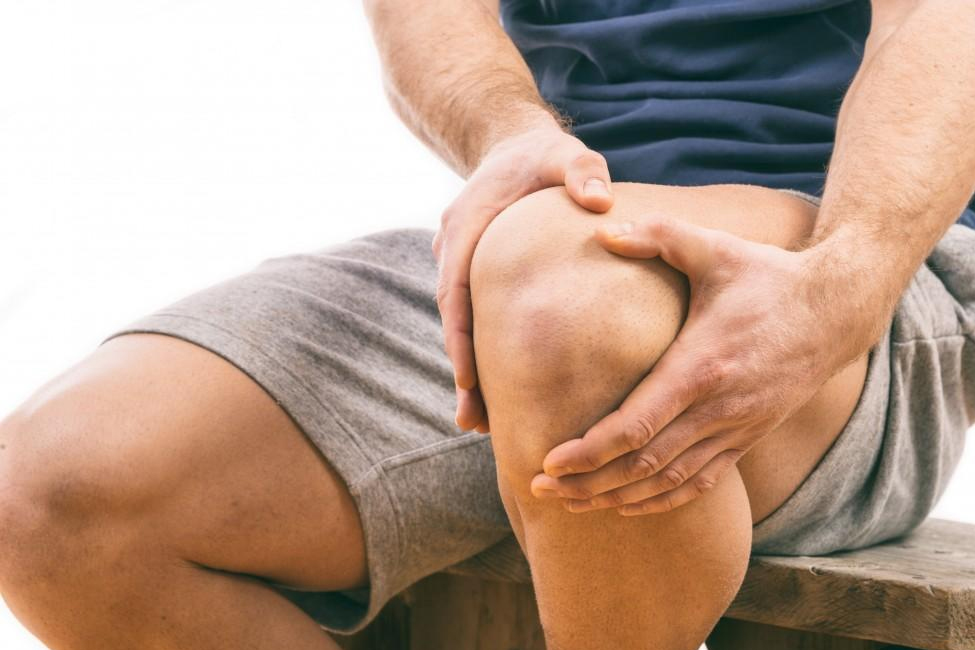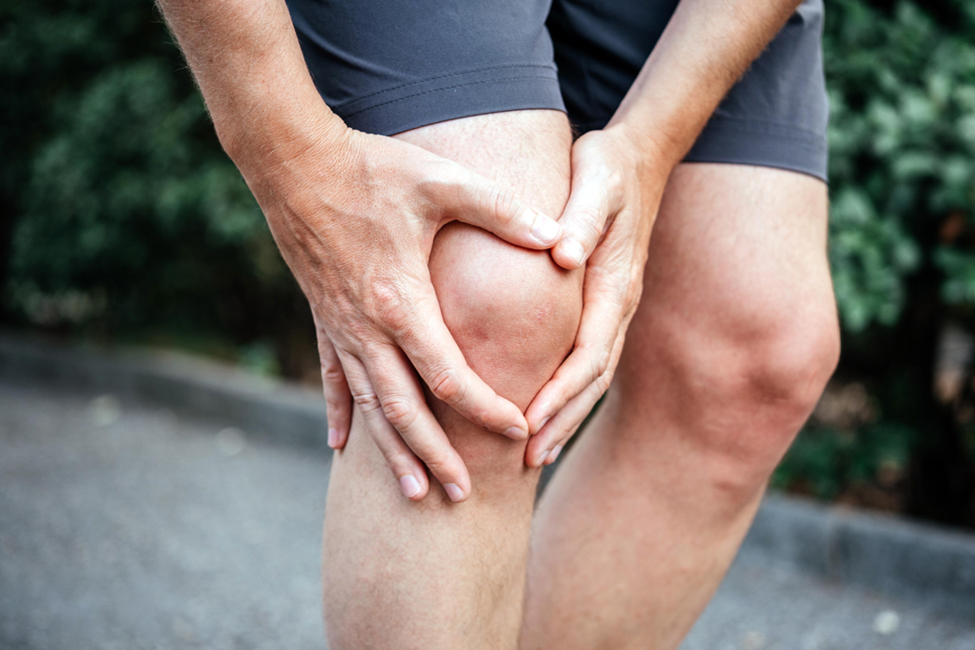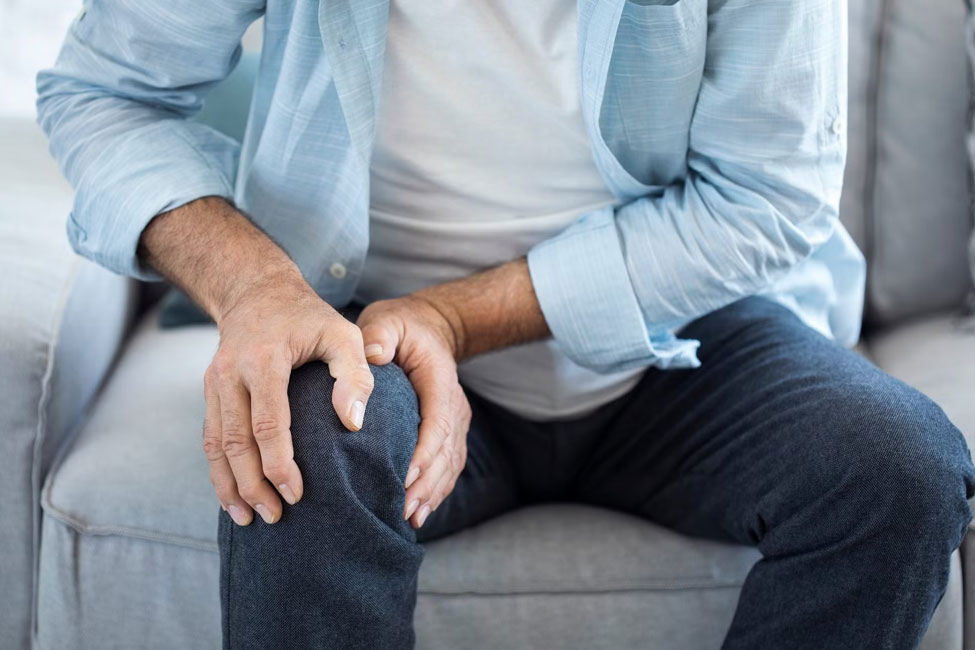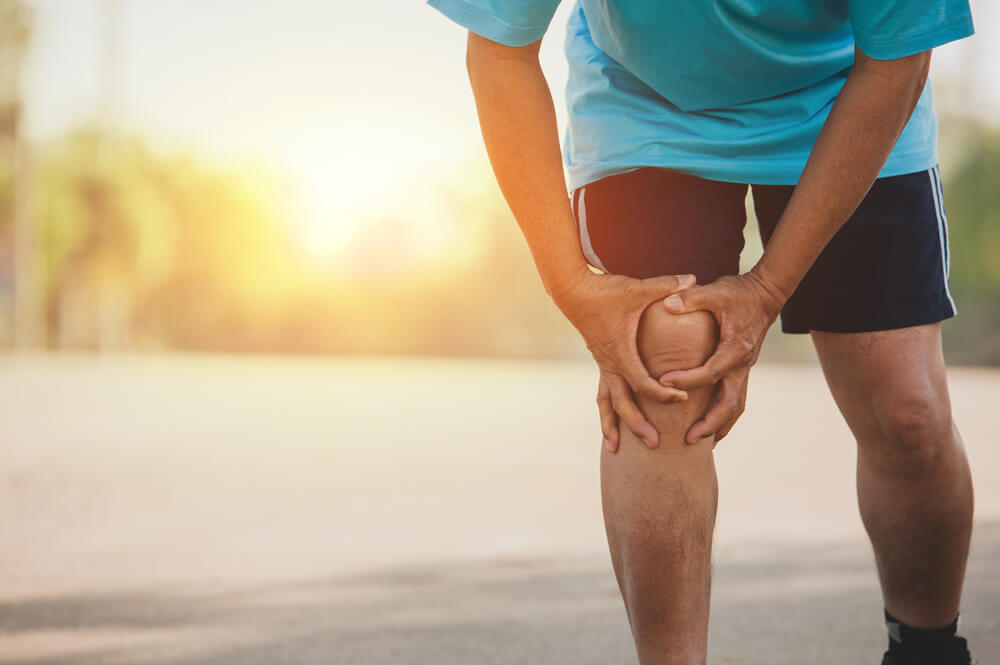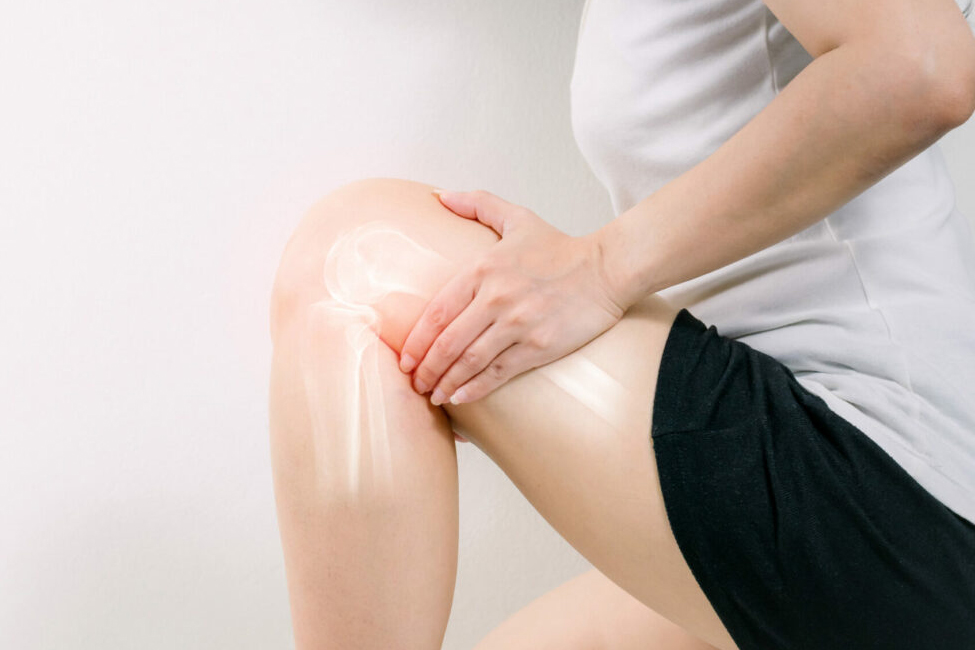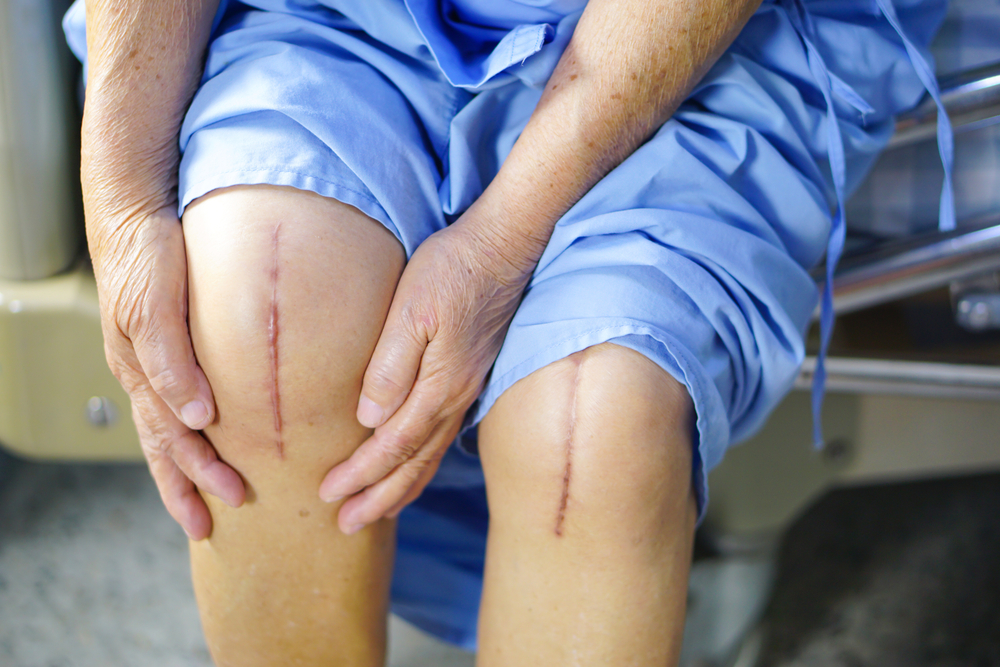Patellar Tendinitis: Causes, Symptoms, Treatment, and Prevention
What is Patellar Tendinitis?
Patellar tendinitis, also known as jumper’s knee, is an injury that affects the tendon connecting the kneecap (patella) to the shinbone. It’s typically caused by repetitive stress on the patellar tendon, often due to activities that involve jumping or running. This condition is commonly found in athletes involved in sports such as basketball, volleyball, or track and field
How Common is Patellar Tendinitis?
Patellar tendinitis is relatively common among athletes, especially those in sports involving jumping or frequent explosive movements. It can also occur in non-athletes who perform activities that strain the patellar tendon.
Causes of Patellar Tendinitis
Patellar tendinitis, also known as jumper’s knee, is primarily caused by repetitive stress and overuse of the patellar tendon, which connects the kneecap to the shinbone. The major causes include:
- Overuse: Repetitive jumping, running, or other activities that place stress on the patellar tendon can lead to microtears, inflammation, and tendon degeneration.
- Poor Biomechanics: Irregularities in the movement or alignment of the lower limbs, like flat feet, high arches, or leg-length discrepancies, can contribute to excessive stress on the tendon.
- Muscle Imbalances: Weakness or tightness in the quadriceps and hamstring muscles, which support the knee joint, can lead to excessive stress on the patellar tendon.
- Sudden Increases in Activity: Rapidly increasing the intensity, duration, or frequency of sports or exercises without allowing the body to adapt to the new demands can strain the patellar tendon.
- Improper Equipment or Technique: Inappropriate footwear, poor training techniques, or exercising on hard surfaces can contribute to increased strain on the patellar tendon.
- Age and Structural Changes: Aging, as well as wear and tear over time, can lead to degeneration of the tendon, making it more prone to injury.
Symptoms of Patellar Tendinitis
The symptoms of patellar tendinitis, commonly known as jumper’s knee, typically include:
- Pain Below the Knee Cap: Pain is often experienced below the kneecap and might worsen with jumping, running, or any activity that engages the quadriceps muscles.
- Tenderness: The affected area might be tender to the touch, especially over the patellar tendon.
- Stiffness and Swelling: Inflammation in the tendon can cause stiffness and swelling around the knee area, particularly after activity.
- Worsening Pain: Pain might worsen if the condition is left untreated or the activities that aggravate it continue.
- Gradual Onset: Symptoms might begin mildly and gradually progress if the activities causing the condition persist.
- Pain with Bending or Straightening: Discomfort may increase when bending or straightening the knee joint.
Diagnosis of Patellar Tendinitis
The diagnosis of patellar tendinitis typically involves:
Physical Examination
A doctor will conduct a comprehensive physical exam to assess the knee’s range of motion, tenderness, and swelling and to identify any muscular weakness.
Medical History
Your medical history, exercise routine, and any past or current activities that might contribute to the condition will be discussed.
Imaging Tests
In some cases, imaging tests like X-rays or MRI scans might be used to rule out other knee problems and to visualise the extent of damage or inflammation in the patellar tendon.
Ultrasound
An ultrasound might be used to visualise the patellar tendon’s structure and look for any signs of inflammation or damage.
Complications of Patellar Tendinitis
Complications related to patellar tendinitis can include:
- Chronic Pain: If not managed properly, patellar tendinitis can become a long-term issue and cause persistent pain.
- Reduced Physical Activity: Pain and discomfort can limit physical activity, affecting an individual’s quality of life and potentially leading to muscle weakness or decreased fitness levels.
- Tendon Rupture: Sometimes, the patellar tendon can rupture due to ongoing stress and degeneration, which may require surgical repair.
- Chronic Inflammation: Chronic inflammation in the patellar tendon might lead to more extensive tissue damage or degeneration, prolonging the recovery process.
Treatment Options for Patellar Tendinitis
The treatment options for patellar tendinitis can involve a combination of the following:
Rest and Activity Modification
Allow the affected area to rest and reduce activities exacerbating the symptoms. Modifying exercises or activities can help reduce strain on the knee.
Physical Therapy
Specific exercises can help strengthen the muscles around the knee, improving flexibility and reducing strain on the patellar tendon.
Medications
Over-the-counter pain relievers and anti-inflammatory drugs can help manage pain and swelling.
Icing
Applying ice to the affected area can help reduce inflammation and alleviate discomfort.
Supportive Devices
Wearing straps or braces around the knee may help reduce strain on the tendon.
Corticosteroid Injections
Sometimes, a doctor may recommend injections to decrease inflammation and pain.
Extracorporeal Shockwave Therapy (ESWT)
This treatment uses shockwaves to stimulate the healing process in the affected area.
Surgery
In rare cases where conservative treatments fail to provide relief, surgical procedures may be considered to remove degenerated tissue or repair the patellar tendon.
Preventing Patellar Tendinitis
Preventing Patellar Tendinitis
Preventing patellar tendinitis involves several strategies:
- Ensure that you gradually increase the intensity and duration of physical activities to allow your body to adapt to the stresses placed on the knee.
- Regularly engage in exercises that strengthen the muscles around the knee, including quadriceps, hamstrings, and calf muscles. Additionally, maintain flexibility in these muscle groups.
- Maintain proper form and technique during physical activities or sports to reduce unnecessary stress on the knee.
- Always warm up before exercising and cool down afterwards to prepare and relax your muscles.
- Wear appropriate shoes for physical activities to ensure adequate support and reduce knee strain.
- Rotate or vary your physical activities to prevent overuse injuries. Avoid focusing exclusively on one activity that might cause excessive knee stress.
- Ensure adequate rest between activities and allow time for recovery after intense workouts.
Living with Patellar Tendinitis
Living with patellar tendinitis involves several self-care measures to manage the condition effectively:
- Use the RICE method (Rest, Ice, Compression, Elevation) to manage pain and swelling.
- Engage in a prescribed physical therapy routine focusing on exercises that strengthen the muscles around the knee, improve flexibility, and gradually reintroduce physical activities.
- Over-the-counter pain relievers or anti-inflammatory medications can help alleviate pain and reduce inflammation. Always consult an orthopaedic specialist before starting any medication.
- Adjust your activities or reduce high-impact exercises that can exacerbate the condition. Opt for low-impact exercises like swimming or cycling.
- Using knee straps or braces can provide additional support and relief during physical activities.
- Comply with the advice and treatment plan provided by your orthopaedic specialist or physical therapist.
- Pay attention to any changes in your symptoms. If you experience increased pain, discomfort, or swelling, consult an orthopaedic specialist promptly.
- When symptoms improve, gradually return to physical activities, ensuring you recover sufficiently and follow appropriate techniques.
Patellar tendinitis can be a challenging condition, affecting mobility and causing discomfort. Managing it effectively requires a multifaceted approach, including rest, exercise, and medical advice. If you’re experiencing persistent knee pain or have concerns about patellar tendinitis, seeking professional care is vital.
At The Orthopaedic Practice and Surgery Clinic, we provide expert guidance and care to help you manage this condition. Request an appointment today for personalised treatment and support in managing your patellar tendinitis effectively.

